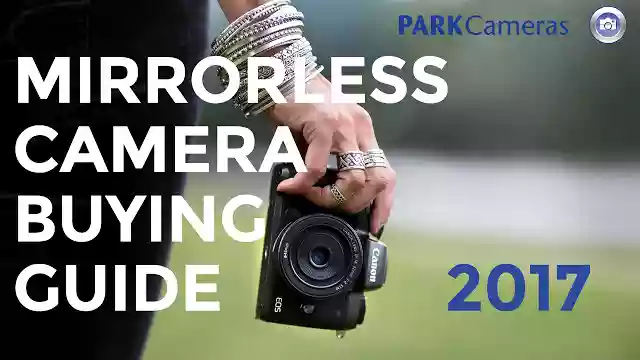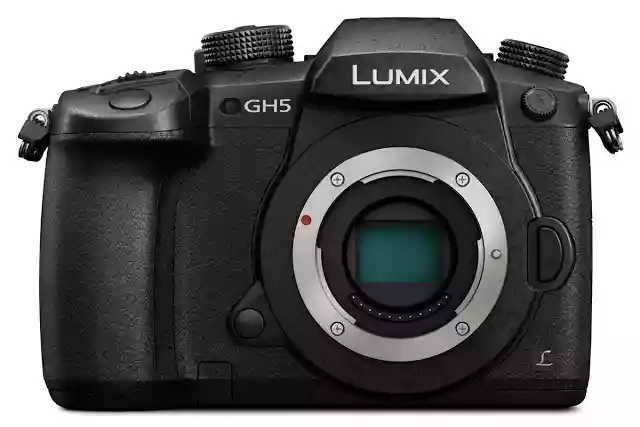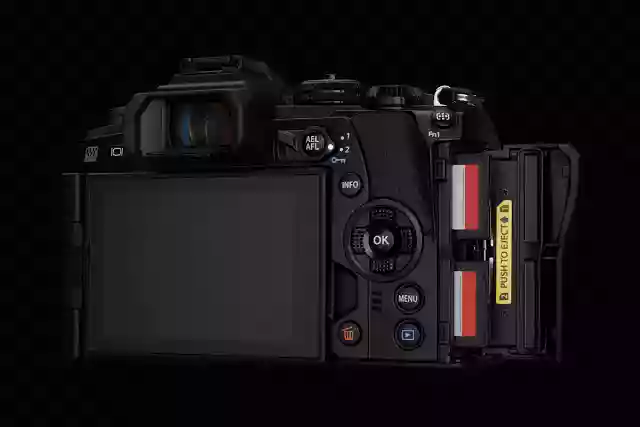- Call us: 01444 237070
- Contact Us
- Stores
- Sign In / Register
-
- Back
- Used Cameras
- Used Accessories
- Used Lenses
- Used Video
- Used Film Equipment
- Used Stock Alert
- Used Blank Test
- Sell or Part Exchange
- Used Clearance
- Recently Added Used Equipment
- Park Picks
- All Used Black Friday Deals
- Faulty
- Trade-In
- Blog
- New in
- Call us
- Contact us
- Stores
- Sign in
- Categories
- Tips & Inspiration
- Reviews
- News
- Events
- Features
- Buying Guides
- Competitions
Mirrorless Camera Buying Guide 2017
Mirrorless cameras have become a staple in the photography world - loved by professionals who desired larger sensor in smaller bodies, and loved by amateurs and enthusiasts who demanded better photos from their compact cameras.
Sitting somewhere in the void between digital SLRs and compact cameras, mirrorless cameras (also known as CSC or Compact System Cameras in previous years) boast either an APS-C, Micro Four Thirds, or Full Frame sensor.

Here are some of the features you need to consider when you purchase a mirrorless camera in 2017:

Sensor Size & Megapixels
There are three key variants of sensor size you'll find in a mirroless camera, these are:
- Micro Four Thirds - the smallest at 13.2 x 8.8mm
- APS-C - mid-sized and found in many DSLR cameras - 17 x 13mm
- Full Frame - largest and the same as professional DSLRs - 36 x 24mm
While there's always a temptation to assume that bigger is better, in the case of a mirrorless camera that's not always the case.
Think about what you will use your images for - are you a professional selling them? If so, where will they be published - a billboard or online? Or are you an enthusiast who prints the occasional image but mostly publishes online?
While any of the above sensor sizes will be capable of high quality print images, only a high resolution full frame camera is likely to produce images large enough for a billboard.
However, it's worth considering that a larger sensor will produce higher quality images than a smaller sensor with the same number of megapixels.
One of the major advantages of a mirrorless camera is that the sensors are often identical to those in larger digital SLR cameras - which means you can produce the same quality images with a camera a fraction of the size.
EVF - Electronic View Finder
When considering which mirrorless camera to buy, the presence or lack of an electronic viewfinder should be high on your list of considerations.
The name 'mirrorless cameras' explains why they need an electronic viewfinder over an optical one. An SLR camera works by using a mirror in front of the focal plane to reflect the view of the lens into a viewfinder - so you're seeing the actual view of the lens. A mirrorless camera will use the cameras' sensor to create a digital image of what it's seeing through the lens.
The higher-end mirrorless cameras on sale will likely include an EVF, which makes shooting much easier for many types of photography, including street photography, portraits, and weddings.
The more affordable a mirrorless camera is, the less likely it will be to include and EVF. However, this may not necessarily be a bad thing. Without an EVF, you simply focus and frame your shot using the rear LCD screen - this may be preferential for some people.
Connectivity

One of the many traits mirrorless cameras have become popular for is their ability to share and transfer images while on the go and with ease.
If you're buying a mirrorless camera for travel photography then you'll love how connected some of them are - with WiFi, Bluetooth and sometimes NFC for Android devices which means you no longer have to go through the lengthily process of taking the card out, putting it into a card reader, connecting it to a computer and transferring the images, or even connecting the camera via a USB to your computer.
Now, all you have to do is wireless transfer the images to your phone and from there you're free to share them wherever you like.
However, there are some mirrorless cameras that come with less connectivity than others, so if this is an important factor for you and a feature you'll benefit from WiFi, Bluetooth or NFC, then you should take this into consideration when making your purchase.
Lens Compatibility

The advantage that mirrorless cameras have over their compact camera counterparts is that you have the ability to use interchangeable lenses with them. As with DSLRs, each camera brand has a unique lens mount which isn't compatible with other camera brands, and as such you should consider which lens mount you prefer when buying your camera.
While Canon and Nikon arguably have the most lenses compatible lenses of the major camera brands for their digital SLRs, this isn't as true for their mirrorless camera range.
Manufacturers such as Panasonic, Fujifilm, Olympus, and Sony have made much greater strides into the mirrorless camera lens market, which means they have a much wider selection of compatible lenses on offer.
However, if you already have a back catalogue of lenses that you've been using with your DSLR, you can still use these with your new mirrorless camera via a mount adaptor.
So it's worth taking the availability of lenses and compatibility with your existing lenses into account when buying a mirrorless camera for the first time.
Other Features
As well as considering all of the above features in your purchase of a mirrorless camera, there are a few other things you need to take into account too.
Autofocus - the autofocus system in mirrorless cameras will vary, with the higher end cameras generally outperforming the entry-level cameras. You should consider what you'll be using the camera for - do you need a high number of AF points for shooting fast-paced sports or wildlife, or is it less important to you than other features?
Weather Sealing - this is becoming a standard feature on many modern lenses and digital camera bodies, including on mirrorless cameras. It's something worth bearing in mind if you're a photographer who might encounter adverse weather conditions while shooting. If so, then you might benefit from choosing a mirrorless camera that comes with weather sealing.
Video Quality - 4K technology has slowly been creeping into more and more digital cameras, from compact cameras to DSLRs, which means there are now many mirroless cameras that benefit from 4K video recording. Most mirrorless cameras now will at least have 1080p Full HD video recording capabilities. It's worth bearing in mind whether or not you actually need 4K video - for most people shooting Full HD is plenty enough quality, and the enormous memory requirements of 4K video can put some users off.
Hopefully this guide has been useful to you if you're considering buying a mirrorless camera in 2017. Head over to Park Cameras to browse our extensive selection of mirrorless cameras.
Further Reading:
Best A3 Photo Printers Under £500
14 Best Mirrorless Cameras in 2017
Park Cameras Calendar Competition Results
Photographing Wildlife in Wales with Ben Porter
Share this post:
By Park Cameras on 18/04/2017

Trade in your old equipment
Fast and easy trade in service ensures your old gear is collected efficiently and you are paid quickly! It's very simple to trade in your unwanted photography gear. Just head over to our dedicated Sell or Part Exchange page, fill out the details, and we'll get back to you with an offer for your old gear. Take the cash, or put it towards the cost of your new gear. It's up to you! Find out more
sign up to the newsletter
Keep up to date on the latest photography news, events and offers. Sign up now